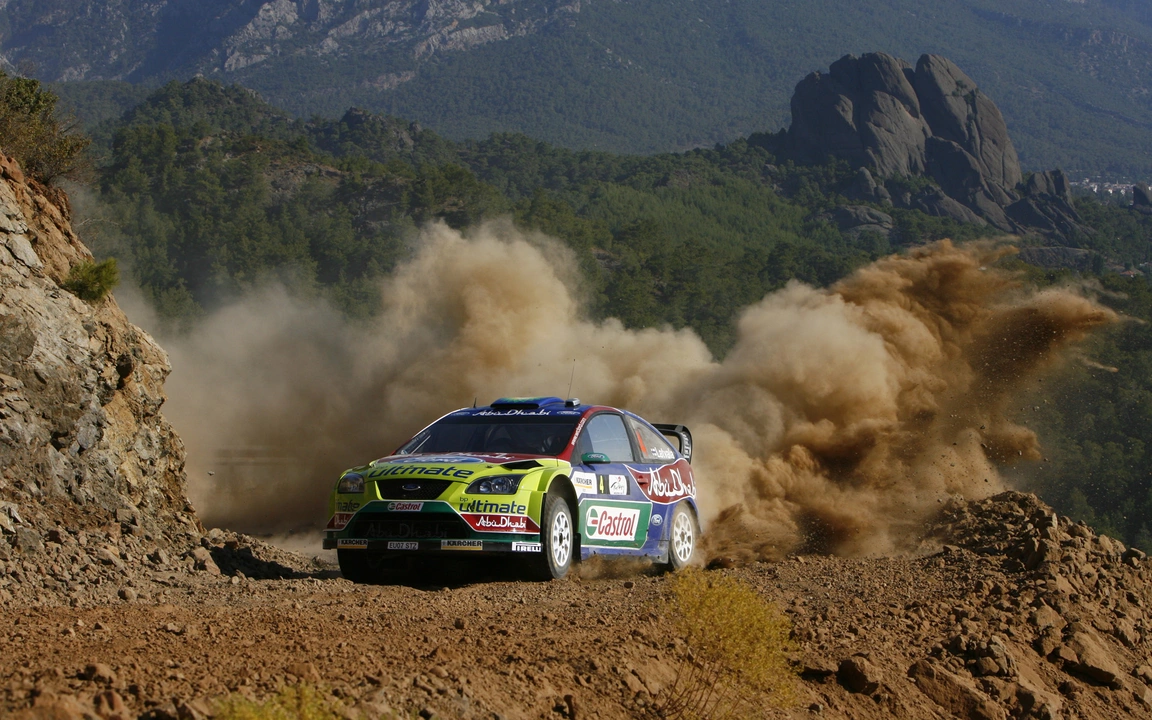Why Rally Cars Drift Around Corners – Simple Explanation
Ever watched a rally car swing wide, the rear end stepping out, and wondered why they don’t just brake hard and turn? The answer lies in a skill called drifting. It’s not a mistake or a flash‑in‑the‑pan stunt; it’s a purposeful move that keeps the car fast and steady on tricky roads.
Drifting means the car is sliding sideways while still moving forward. The rear wheels lose a bit of grip, but the driver controls that slide with the steering wheel, throttle and brakes. This controlled loss of traction lets the car take a corner faster than if it tried to grip every inch of the road.
Speed and Control
Rally stages are all about keeping momentum. Every second you spend braking is a second you can’t use to push the car forward. By entering a corner with a slight drift, the driver can stay near the maximum speed they had on the straight. The car’s weight shifts to the front, keeping the front tires planted, while the rear slides just enough to turn.
This balance gives you two things: you’re still fast, and you retain control. The driver can steer the rear end with the throttle – more gas pushes the rear out, less gas pulls it back in. It feels like dancing with the car, and the rhythm lets the driver predict exactly where the car will go.
Weight Transfer and Traction
When a rally car turns, the weight moves to the outside wheels. In a drift, the driver deliberately moves weight to the front‑outside wheels by pulling the steering wheel opposite to the turn (counter‑steer). That leaves the rear‑outside wheels lighter, so they slide. The front wheels keep most of the grip, which is crucial on loose surfaces like gravel or snow.
Because the front tires stay glued to the road, the car can still steer accurately while the rear is slapping around. The driver can then modulate the slide with small brake taps or feathering the throttle, keeping the car on the intended line rather than spinning out.
Rally cars are set up to make this easier. They have a lot of power, a limited‑slip differential, and suspension tuned to let weight shift quickly. All these help the driver keep the car stable while the rear end slides.
Different surfaces change how the drift feels. On dry gravel, the rear will slide earlier and stay out longer. On mud or snow, the slide starts later but can be more chaotic. Drivers adapt their throttle and steering input to match the grip level, always aiming to stay just on the edge of grip.
The biggest advantage of drifting is time saved. By staying in the corner at a higher speed, you shave seconds off each turn, which adds up over a long stage. It also lets you choose a smoother line, avoiding obstacles or bumps that could slow you down.
In short, rally cars drift because it lets them keep speed, control weight transfer, and stay planted where it matters. It’s a technique born from physics and honed by practice, and it’s a core part of what makes rally racing so exciting.
Why do rally cars drift around corners?
As a rally car enthusiast, I've always been fascinated by the way these cars drift around corners. From my understanding, there are a few key reasons behind this thrilling technique. Firstly, drifting allows drivers to maintain speed while navigating tight turns, thus reducing the time taken to complete the course. Additionally, the ability to control the car's weight transfer during a drift helps maintain traction, which is crucial for unpredictable terrains. Overall, drifting is not only a visually impressive skill, but also a practical and necessary driving technique for rally car racers.
Read More

